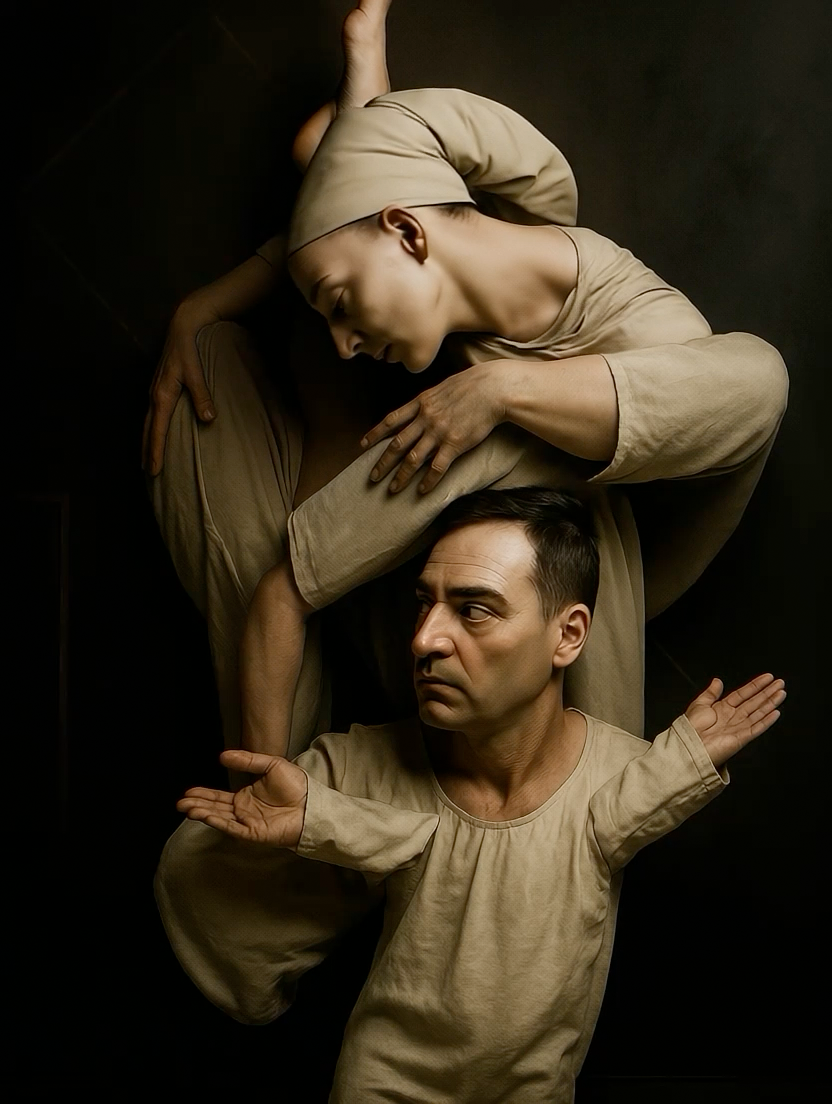The Furfanti had withdrawn
This is the point the story has reached now, as we spend our time in the far south of Italy—about 900 kilometers from Tripolitania, as the crow flies:
You will not understand what is happening—caused by the Furfanti—unless you understand the concept of the relationship between the saints, including Mother Mary as the foundation of Catholicism, and the believers, especially as it exists in the south of Italy.
The whole concept of the saints is carried by a surrender to what is given by circumstance (you may call it God). Ultimately, it is not about being devout and pious in the sense of following rules or fulfilling tasks; you simply have to follow what is given—by following the example of the saints in both the smaller and larger challenges of daily life. The example of the saints is always enacted through a specific kind of movement.
The Furfanti, by imitating the movements of the saints—as they are embodied in the Divina Commedia—transform those movements into the language of the Commedia dell’Arte. In doing so, they turn the futility of everyday circumstances into God's will, including their daily scams and other forms of profiteering. As Pulcinella says: the meaning of life consists of eating gnocchi and making love.
-
A point that is nothing in itself, and yet
from it emerges the
multiplicity of movements we perform
involuntarily
with every breath, with every heartbeat.What else are all the gestures of the
saints, if not a
transformation of their daily doubts—
their loss of identity in
becoming personifications of the divine
unification of nothingness,
expressed in a thousand names, as well
as in none?Their anxieties become bodily gestures
of God's abandonment
of all ideas of creation.By making the sign of the cross—or rather,
by forming the cross
with their outstretched arms—they reveal
that, at the intersection
between the horizontally conceived line of
finitude and the line
striving toward infinity, there exists a
zero point:a point that is nothing in itself, and yet
from it emerges the
multiplicity of movements we perform
involuntarily
with every breath, with every heartbeat.These gestures vary in countless forms, in
such a way that time and
space arise from them, forming the duration
and stage of our narrative.A point that is nothing in itself, and yet
from it emerges the
multiplicity of movements we perform
involuntarily
with every breath, with every heartbeat.











